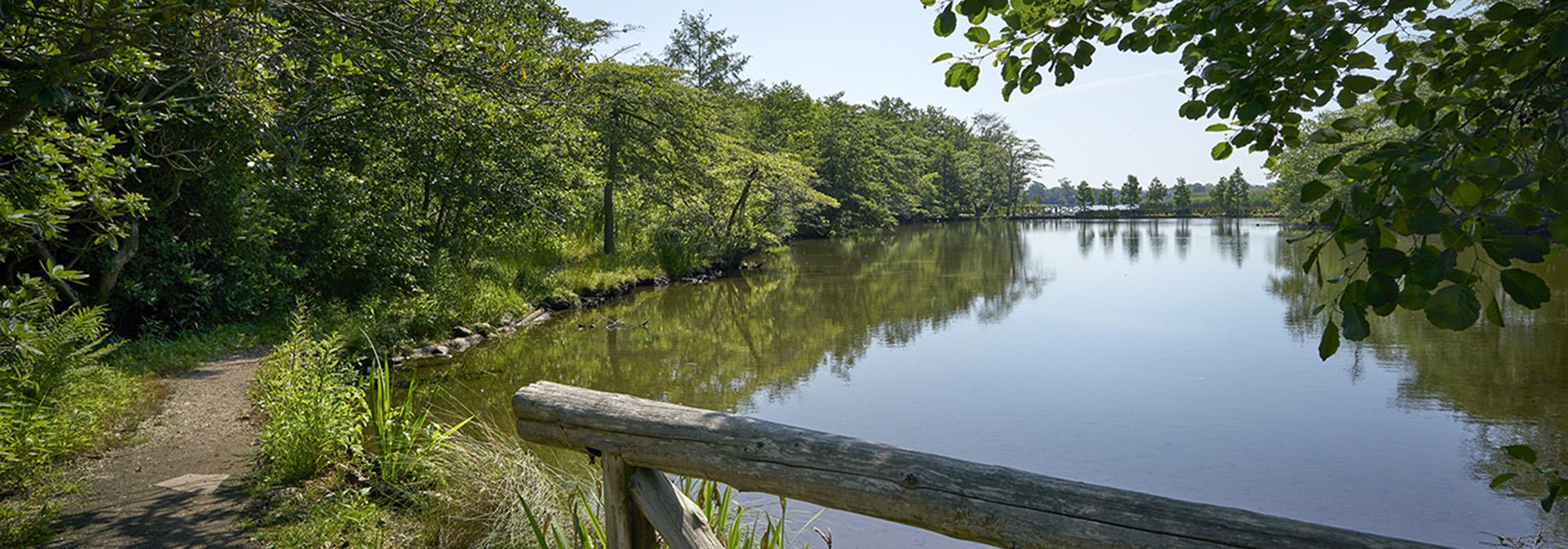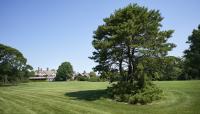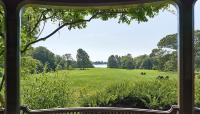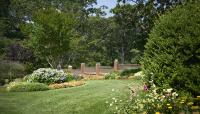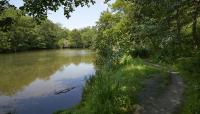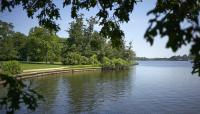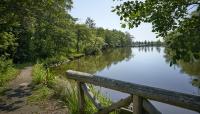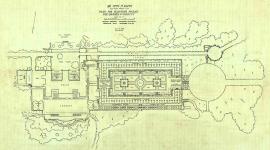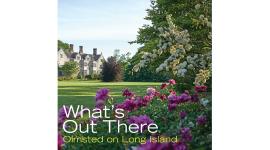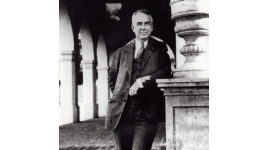Landscape Information
In 1884 William Bayard Cutting, civic leader and entrepreneur, acquired 600-plus acres along the Connetquot River from the Lorillard brothers, previously a horse farm and game preserve. Cutting hired Charles Haight in 1885 to build a picturesque Tudor-style mansion with gate lodge and farm complex, and Frederick Law Olmsted, Sr., to provide landscape advice the following year. Olmsted retained much of the natural beauty of the acreage—the contrast of open and closed spaces, dense woods with marshy lowlands, and broad rolling meadows with sizable oak and tupelo groupings—enhancing the natural woodland verges with shrubs of textural vivacity to cultivate an expansive English park-like effect. Around domestic spaces, he recommended no formal plantings but rather varied shrub masses, some native, some more exotic, to take advantage of the beneficial growing conditions and river views. These plantings have attained massive sizes over the decades.
Olmsted renovated circulation routes and the entrance and boundary walls, adding massed native rhododendrons. A pinetum, with a rich display of conifers, was purportedly planted with saplings sourced by Charles Sprague Sargent from the Arnold Arboretum; Cutting may have drawn inspiration from an 1880s visit to the H.H. Hunnewell estate in Wellesley, MA, with its sizable pinetum.
After Cutting died in 1912, his family continued to seek occasional Olmsted firm advice to transition the grounds into an arboretum. In 1926-27, his son-in-law Henry C. James hired Olmsted Brothers to plan a small subdivision on a southeastern portion of the acreage. In 1936, Mrs. Cutting and her daughter Olivia gave 200 acres, including the house, to the Long Island State Park Commission. With the family’s million- dollar bequest, the state was able to provide visitor amenities, expand the nature trails, and acquire more property, including the notable Dairy. Additionally, a Community Supported Agriculture (CSA) program was established in 2012. The site was listed in the National Register of Historic Places in 1973.



